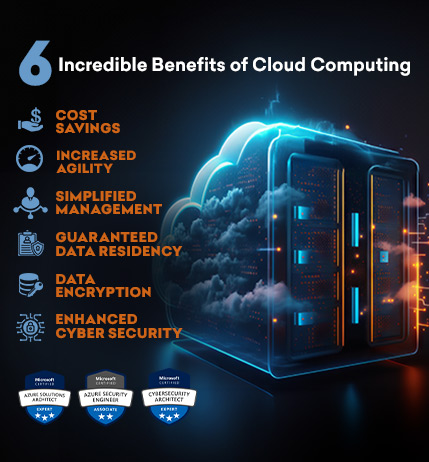
Microsoft Cloud Virtualization
Desktop Virtualization
Today, individual desktops are hard-coded combinations of OS, applications, and user settings, and managed one-by-one on an on-going basis. Many IT organizations we speak to are looking to desktop virtualization to upgrade their entire approach to desktop management. In addition, business users increasingly expect to use any device and work anytime from anywhere. IT executives are looking for a better way to address the varying needs of business users.
Desktop virtualization replaces this hard-coded approach with a more flexible design in which one moving part doesn’t have to disrupt any of the other moving parts when changes are needed. That means the device, OS, applications, and user settings are all shielded from each other. These components can then be managed independently which eliminates redundant data, workload, and management processes. IT assembles desktops dynamically based on business roles, and delivers these resources in a way that matches the users’ requirements—whether that means hosting them in the datacentre or placing them to their device.
Server Virtualization
Server virtualization is a method of running multiple independent virtual operating systems on a single physical computer. It is a way of maximizing physical resources to maximize the investment in hardware. Since Moore's law has accurately predicted the exponential growth of computing power and hardware requirements for the most part have not changed to accomplish the same computing tasks, it is now feasible to turn a very inexpensive 1U dual-socket dual-core commodity server into eight or even 16 virtual servers that run 16 virtual operating systems. Virtualization technology is a way of achieving higher server density. However, it does not actually increase total computing power; it decreases it slightly because of overhead. But since a modern $5,000 2-socket 4-core server is more powerful than a $30,000 8-socket 8-core server was four years ago, we can exploit this newly found hardware power by increasing the number of logical operating systems it hosts. This slashes the majority of hardware acquisition and maintenance costs that can result in significant savings for any company or organization.
Storage Virtualization
Storage virtualization is the pooling of physical storage from multiple network storage devices into what appears to be a single storage device that is managed from a central console. Storage virtualization is commonly used in a storage area network (SAN). The management of storage devices can be tedious and time-consuming. Storage virtualization helps the storage administrator perform the tasks of backup, archiving, and recovery more easily, and in less time, by disguising the actual complexity of the SAN.
Users can implement virtualization with software applications or by using hardware and software hybrid appliances. The technology can be placed on different levels of a storage area network.
